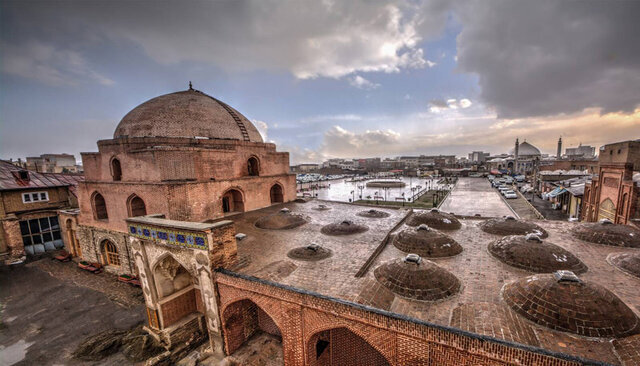Historical sites in Urmia in need of urgent demarcation

TEHRAN–Several historical sites and aging monuments in the city of Urmia, the capital of the West Azarbaijan province, northwest Iran need urgent demarcation, the provincial tourism chief has said.
New boundaries have been defined for almost 10 percent of the historical sites and archaeological hills across the province, however, the historical core of Urmia is still in need of demarcation, ISNA quoted Jalil Jabari as saying on Saturday.
The historical sites across Urmia need to be demarcated in order to curb agricultural works within their boundaries, as there are several gardens and farms in Urmia and the majority of them are cultivated fields, the official added.
The city also has some 150 historical areas that need to be preserved due to urban development, he noted.
The provincial capital of Urmia, also spelled Orumiyeh, lies just west of Lake Urmia on a large fertile plain that yields grains, fruits, tobacco, and other crops. The population is mainly Azeri Turkish, with Kurdish, Assyrian Christian, and Armenian minorities. The remains of ancient settlements are scattered over the plain, as are traces of the ancient kingdom of Urartu.
West Azarbaijan embraces a variety of lush natural sceneries, cultural heritage sites, and museums including the UNESCO sites of Takht-e Soleyman and Qareh Klise (St. Thaddeus Monastery), Teppe Hasanlu and the ruined Bastam Citadel.
The region was home to several ancient civilizations. According to Britannica, it was conquered by Alexander the Great in the 4th century BC and was named Atropatene after one of Alexander’s generals, Atropates, who established a small kingdom there. Ultimately, the area returned to Persian rule under the Sasanians in the 3rd century CE.
ABU/AM
Leave a Comment